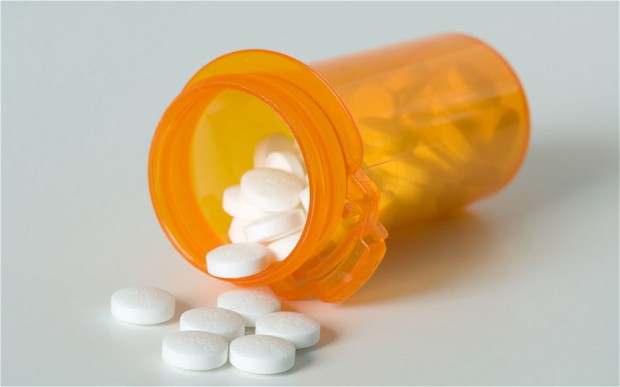- Home
- Medical news & Guidelines
- Anesthesiology
- Cardiology and CTVS
- Critical Care
- Dentistry
- Dermatology
- Diabetes and Endocrinology
- ENT
- Gastroenterology
- Medicine
- Nephrology
- Neurology
- Obstretics-Gynaecology
- Oncology
- Ophthalmology
- Orthopaedics
- Pediatrics-Neonatology
- Psychiatry
- Pulmonology
- Radiology
- Surgery
- Urology
- Laboratory Medicine
- Diet
- Nursing
- Paramedical
- Physiotherapy
- Health news
- Fact Check
- Bone Health Fact Check
- Brain Health Fact Check
- Cancer Related Fact Check
- Child Care Fact Check
- Dental and oral health fact check
- Diabetes and metabolic health fact check
- Diet and Nutrition Fact Check
- Eye and ENT Care Fact Check
- Fitness fact check
- Gut health fact check
- Heart health fact check
- Kidney health fact check
- Medical education fact check
- Men's health fact check
- Respiratory fact check
- Skin and hair care fact check
- Vaccine and Immunization fact check
- Women's health fact check
- AYUSH
- State News
- Andaman and Nicobar Islands
- Andhra Pradesh
- Arunachal Pradesh
- Assam
- Bihar
- Chandigarh
- Chattisgarh
- Dadra and Nagar Haveli
- Daman and Diu
- Delhi
- Goa
- Gujarat
- Haryana
- Himachal Pradesh
- Jammu & Kashmir
- Jharkhand
- Karnataka
- Kerala
- Ladakh
- Lakshadweep
- Madhya Pradesh
- Maharashtra
- Manipur
- Meghalaya
- Mizoram
- Nagaland
- Odisha
- Puducherry
- Punjab
- Rajasthan
- Sikkim
- Tamil Nadu
- Telangana
- Tripura
- Uttar Pradesh
- Uttrakhand
- West Bengal
- Medical Education
- Industry
USFDA approves Spritam- first 3D printed pill

The US Food and Drug Administration (FDA) has given the go-ahead to the world's first 3D-printed drug, Spritam, which is designed to treat seizures brought on by epilepsy in adults and children. The drug was developed using Pennsylvania-based Aprecia Pharmaceuticals's proprietary Zip dose technology, which builds upon existing 3DP research carried out by MIT into creating fast-melting materials.
ZipDose is a 3D printer that creates pills by printing out thin layers of medicine in powder form, with layers of a water-based binder spread between each of the powder layers. The result is a tablet that can dissolve with a sip of water in less than five seconds. Spritam will be commercially available from early 2016 onwards.
Aprecia says that the ZipDose technology can be used to make tablets up to 1,000mg in a single dose, meaning that the patient only has to swallow one pill, rather than multiple tablets as part of one dose. Pete Basiliere, an analyst at global IT research and advisory company Gartner, says that 3D-printed drugs could have the ability to transform the pharmaceuticals industry.
ZipDose is a 3D printer that creates pills by printing out thin layers of medicine in powder form, with layers of a water-based binder spread between each of the powder layers. The result is a tablet that can dissolve with a sip of water in less than five seconds. Spritam will be commercially available from early 2016 onwards.
Aprecia says that the ZipDose technology can be used to make tablets up to 1,000mg in a single dose, meaning that the patient only has to swallow one pill, rather than multiple tablets as part of one dose. Pete Basiliere, an analyst at global IT research and advisory company Gartner, says that 3D-printed drugs could have the ability to transform the pharmaceuticals industry.
Next Story


